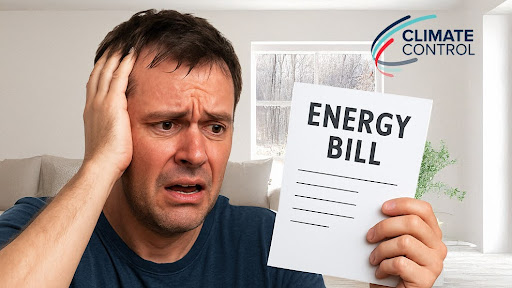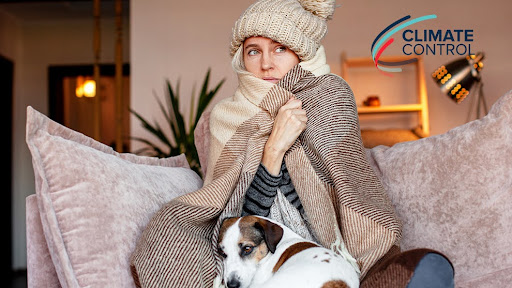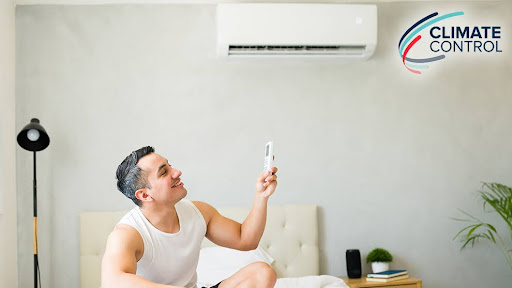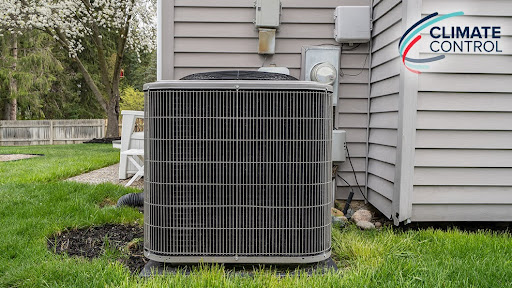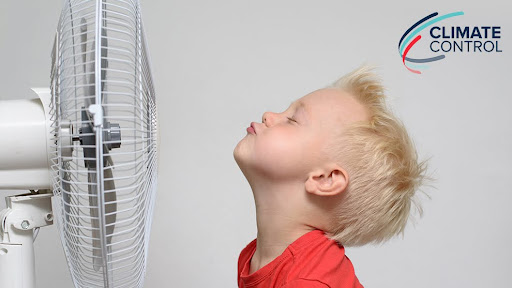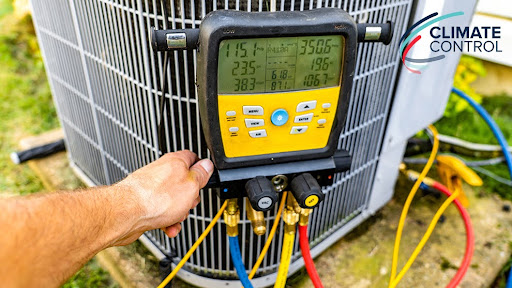If your modern home is airtight and energy efficient, your indoor air quality may benefit from an energy recovery ventilator (ERV). Homes built in recent years or upgraded for airtightness have very little air exchange with the outdoors. Instead, airborne contaminants from outdoor sources or originating within the home are continuously recirculated among the living spaces via the heating and cooling ductwork. As pollutants and odors accumulate to unhealthy levels in the enclosed environment, indoor air quality suffers.
An ERV brings filtered outdoor air into the house at the same cubic feet per minute volume it exhausts stale indoor air. This maintains the home’s neutral indoor pressure balance, which is optimal for effective heating and cooling. Installed in your home with its own dedicated ductwork, an ERV takes stale air out of bathrooms, laundry rooms and the kitchen while simultaneously inducting fresh outdoor air and conveying it to bedrooms and other living spaces.The two air streams are managed by a central unit incorporating the blower fans and a heat exchanger that extracts heat from the outgoing air and adds it to the incoming air to warm it to room temperature as it’s inducted into the house.Another component in an energy recovery ventilator distinguishes it from common heat recovery ventilators. Exhausting naturally humidified interior air and replacing it with dry outside air in winter can lead to excessively low interior humidity. Utilizing a process called enthalpy transfer, the ERV transfers some of the water vapor from the outgoing air stream to the incoming air stream to maintain comfortable humidity levels in the home. This transfer of water vapor is accomplished with minimal mixing of the air streams; a quality ERV will have less than 10 percent crossover rate between the two streams.Serving the Aspen and Vail areas since 1956, Climate Control Company offers heating and cooling solutions for residential and commercial customers. We’re here with more information about the benefits of an energy recovery ventilator to keep the air quality in your home healthy and fresh.
An ERV brings filtered outdoor air into the house at the same cubic feet per minute volume it exhausts stale indoor air. This maintains the home’s neutral indoor pressure balance, which is optimal for effective heating and cooling. Installed in your home with its own dedicated ductwork, an ERV takes stale air out of bathrooms, laundry rooms and the kitchen while simultaneously inducting fresh outdoor air and conveying it to bedrooms and other living spaces.The two air streams are managed by a central unit incorporating the blower fans and a heat exchanger that extracts heat from the outgoing air and adds it to the incoming air to warm it to room temperature as it’s inducted into the house.Another component in an energy recovery ventilator distinguishes it from common heat recovery ventilators. Exhausting naturally humidified interior air and replacing it with dry outside air in winter can lead to excessively low interior humidity. Utilizing a process called enthalpy transfer, the ERV transfers some of the water vapor from the outgoing air stream to the incoming air stream to maintain comfortable humidity levels in the home. This transfer of water vapor is accomplished with minimal mixing of the air streams; a quality ERV will have less than 10 percent crossover rate between the two streams.Serving the Aspen and Vail areas since 1956, Climate Control Company offers heating and cooling solutions for residential and commercial customers. We’re here with more information about the benefits of an energy recovery ventilator to keep the air quality in your home healthy and fresh.
Our goal is to help educate our customers in Aspen, Vail and the surrounding Western slope communities in Colorado about energy and home comfort issues (specific to HVAC systems). For more information about Energy Recovery Ventilators and other HVAC topics, please visit our website.
Image courtesy of Shutterstock

